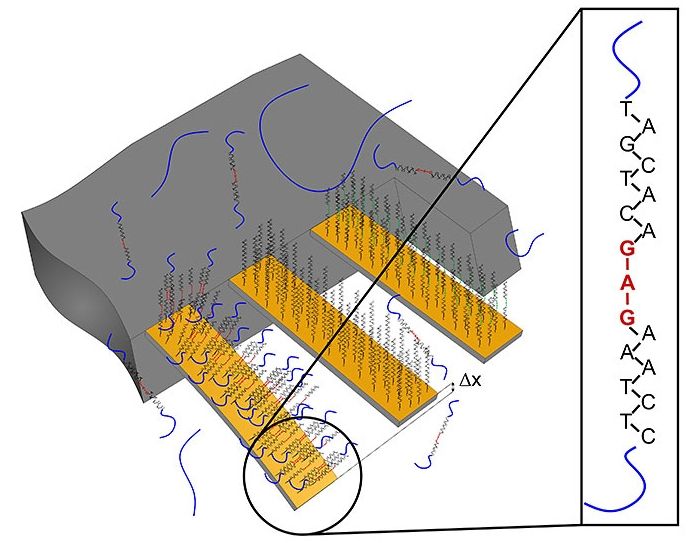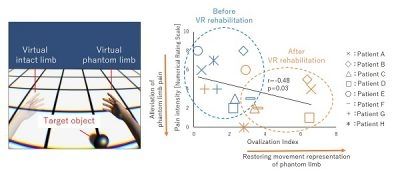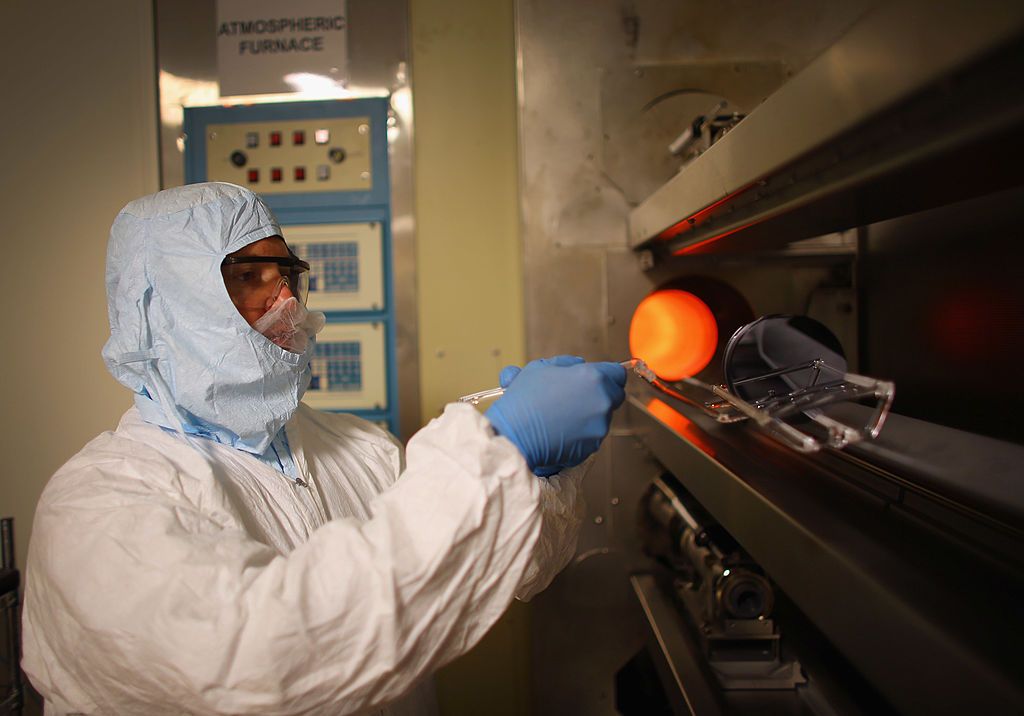“Geomagic Control X is by far the most intuitive and powerful inspection software we have ever used,” said James Earl, Managing Director, OR3D. “We are excited for the improvements this software will bring to our customers.”
This software update is available to all active customers of 3D Systems’ Maintenance Program.
About 3D Systems 3D Systems provides comprehensive 3D products and services, including 3D printers, print materials, on-demand manufacturing services and digital design tools. Its ecosystem supports advanced applications from the product design shop to the factory floor to the operating room. 3D Systems’ precision healthcare capabilities include simulation, Virtual Surgical Planning, and printing of medical and dental devices as well as patient-specific surgical instruments. As the originator of 3D printing and a shaper of future 3D solutions, 3D Systems has spent its 30 year history enabling professionals and companies to optimize their designs, transform their workflows, bring innovative products to market and drive new business models.






